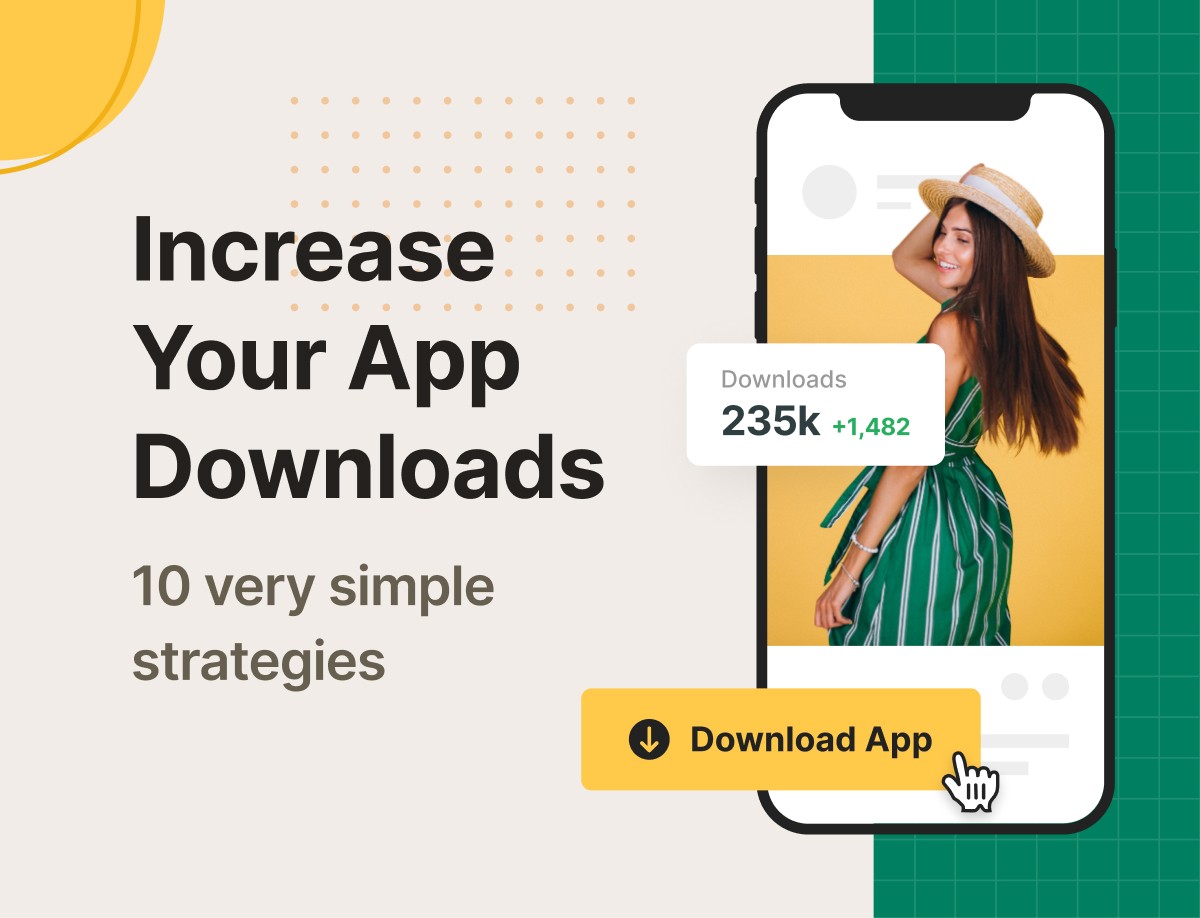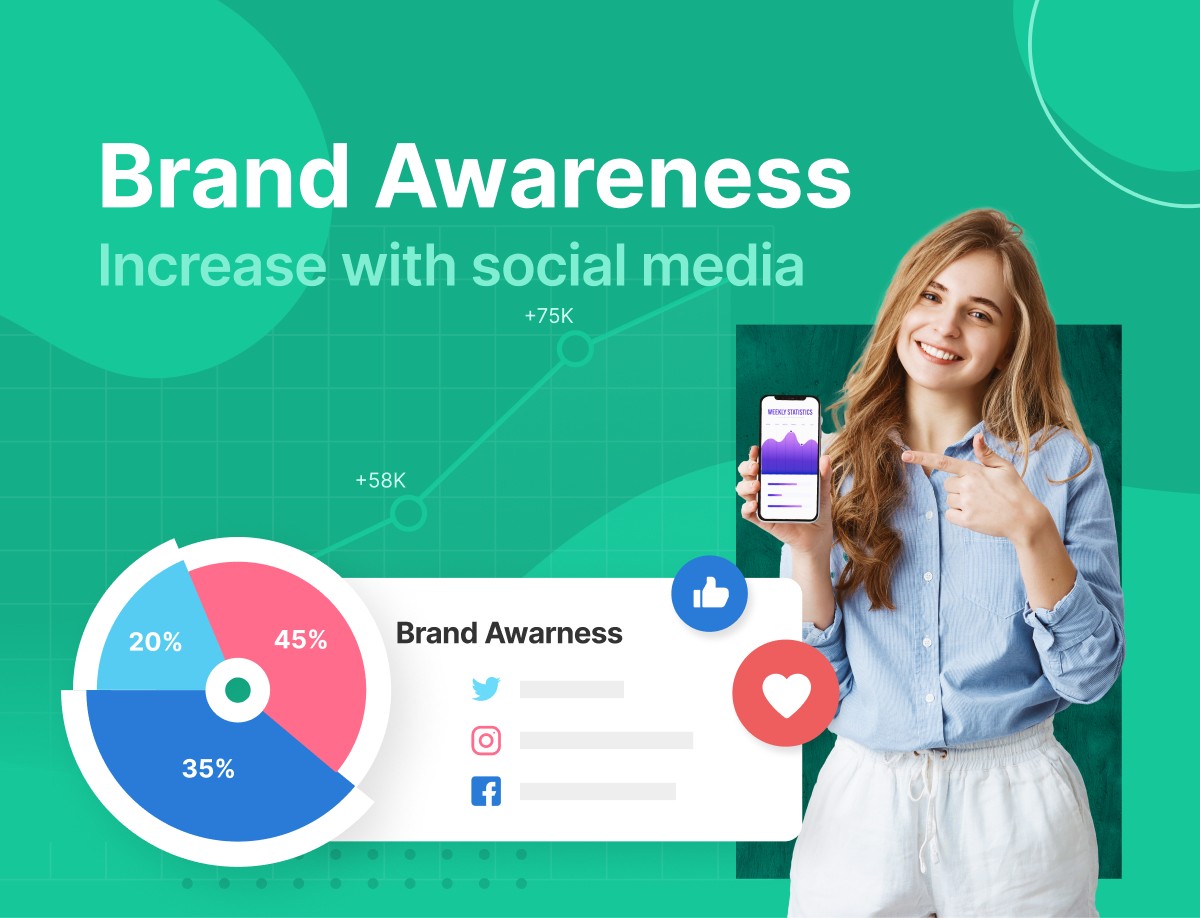Congratulations on developing your app! Now to the next hurdle: how to increase your app download. After all, what’s an app if it’s not getting downloaded and used?
But, did you know that there are currently over 2.87 million apps available right now on Google play store? And 1.96 million apps on Apple store.
These numbers must have you shaking in your boots, don’t they? So, it’s totally understandable if you are wondering how to get your target users to install your app over all the others which are available. This is a challenge that many face today- a big one at that.
Because we’d like to see as many users as possible download and use your app, we have put together the following 10 very simple strategies to boost your app downloads:
- Use popups
- Use an attractive app icon
- Ask for ratings and reviews
- App store optimization
- Leverage social media
- The freemium approach
- Use engaging photos and videos
- Write a clear app description
- Build an online presence
- Localize in multiple languages
- Final thoughts
Use Popups
Popups are effective tools you can use to promote your apps to visitors. Using them can help lift your download rate to 40%.
Why would you want to miss out on that? We get that popups can be annoying. This happens only when the popup is designed and timed wrongly.
But they don’t have to. With Adoric, you can create personalized popups that allow you to promote your app to potential users.
Need proof?
This case study might interest you. In it, we shared graphic details about how Israel Post – the largest postal services company in Israel – was able to increase its Android and iOS app downloads by 580% and 980% respectively.
And they did this by simply using our popups.
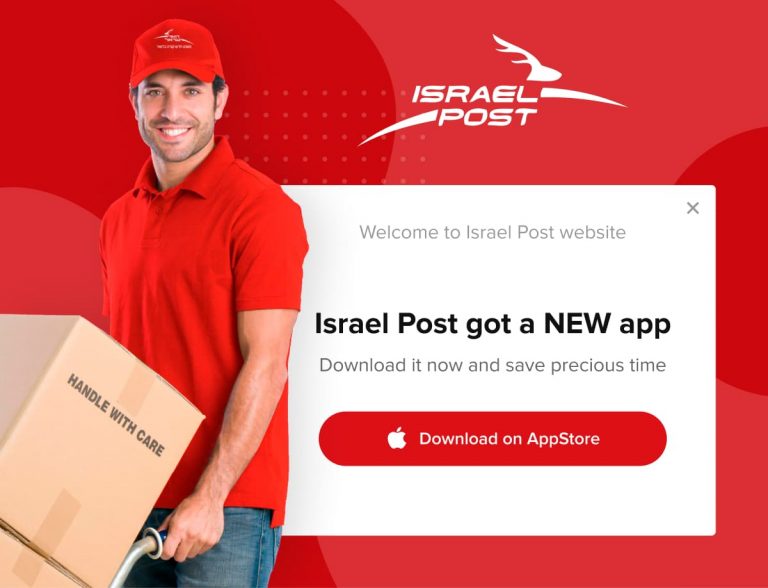
Use An Attractive App Icon
Your app icon gives the first impression of your app to a potential user. This is why it is important to pay attention to its design. It affects user behavior and can help increase downloads when done properly.
You know why?
Studies show that the design of your icon can greatly influence the download rate of your app.
As such, it really pays to put in the time and effort into creating a great app icon.
Your app icon conveys the identity of your app brand. Therefore, it should be a close representation of what your app does and stands for.
Additionally, it should be attention-grabbing. This will make your app easily stand out from the thousands of other competing apps.
Like every productive piece of design, your app icon should strike a balance between being flashy and simple. It should also be as straightforward as it can be. You don’t want to give out unclear messages or a design that is simply confusing to the eye.
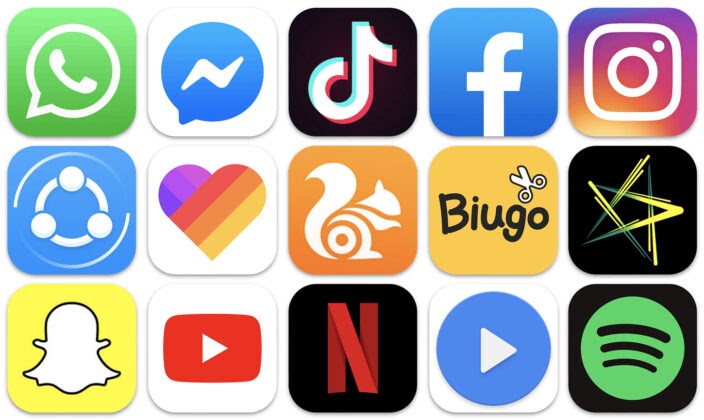
Ask for Ratings And Reviews
Ever wanted to download an app or buy a product you aren’t familiar with from an online store? You’d catch yourself looking for what other people had to say about it.
This is completely normal. It also applies to your apps.
Potential users will, more often than not, first look at the reviews and ratings of other users before downloading your app.
This is called social proof.
Reviews and ratings are recommendations from other users which can increase your app downloads organically and exponentially, too. They also affect how well you rank on an app store.
It’s a good way to convince prospective users that your app is worth downloading.
However, don’t be tempted to take the shortcut of fabricating reviews. App stores will have your app suspended if they notice that there’s foul play. Plus, you won’t get honest opinions about your app’s functionality.
Reviews also allow you to interact with your users. When you reply to comments and attend to complaints from users, you give potential users the assurance that you care about their opinions and are willing to take feedback.
This will also go a long way to show your credibility, which will in turn get you more app downloads.
Do bear in mind that as much as you might want to avoid getting negative reviews, they will most likely come. Thus, the best you can do is to keep them to the barest minimum.
The smart way to do this is to give your users the best experience within your power. This should include being responsive enough, answering and addressing their complaints swiftly.
With this, you’ll even have your users referring their friends and family members to download your app- meaning yet more downloads for you.
If you doubt that this works, I have only one question for you: when was the last time you downloaded a one-star rated app?
There are a number of ways to get reviews and ratings for your app. They are:
Ask Using Popups
You can also use pop-ups to prompt your users to give a review or rate your app.
There’s a catch though. It is advisable to wait till the user has used the app at least three times before asking for their reviews using a popup.
Also, see to it that your popups aren’t pesky. That is to say, it shouldn’t keep appearing every time even after a user closes it.
If it does, your user may find the popups annoying and stop using the app altogether. Now, you wouldn’t want that, would you?
Partner With Influencers
People value the opinions of influencers. That’s why getting an influencer to drop a review or rate your app will endear people to your app.
In this case, influencers could be popular YouTube vloggers or critics of all things tech including mobile apps. You could even have them feature your app on their platforms.
Publicize Your App
If you don’t publicize your app, how will people know about it? And, there’s no better way to go about this than going the route of a press release.
You only need to mention that you want feedback on your app.
In some cases, the media outfit in charge of your press release will have one of their employees review the app before putting out the release.
Use Incentives
Who doesn’t like freebies? Give incentives like vouchers, redeemable points, or other prizes for every review or referral, and watch your app glow with recommendations and 5-star ratings.
App Store Optimization
App store optimization (ASO) is what you do to optimize your app so that it ranks higher in an app store.
It’s just like search engine optimization (SEO) but instead of search engines, only that it works for app stores.
The higher your app ranks in app stores, the more likely it is to come up during searches, and the higher the chances that it’ll be downloaded.
Most people discover new apps by searching in app stores. In fact, Forester reports that search is responsible for 63% and 58% of all app discoveries for iOS and Android apps respectively.
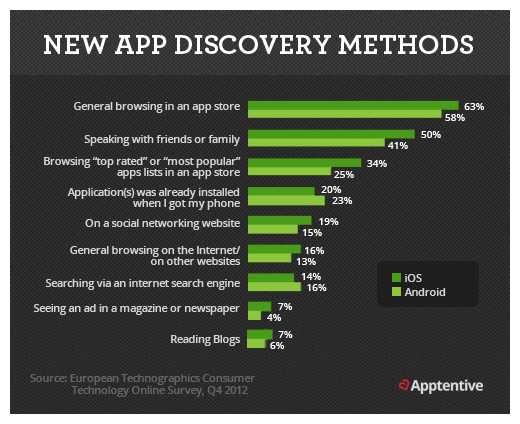
So, this goes to prove that ASO is worth the effort.
But, don’t expect results overnight. It takes consistent efforts to succeed at it. When you eventually achieve the results you want, don’t rest on your oars. Keep improving on it.
You can also A/B test different parts of your ASO strategy to see which one works best.
Here are simple steps you can take to make App Store Optimization work best for you.
Use a Catchy App Title
Write app titles that are catchy, descriptive, and at the same time not too long.
Make it short but make it worth looking at! Let potential users know what your app is all about by barely looking at your app’s title.
Your app title should also be unique so that your users don’t get lost while searching for it. For example, if your app has a title that is similar to 3,000 other apps in the store, the chances that your app will be found are slim.
So, you want to put your creative cap on and come up with a title that’s unique so you don’t drown in the sea of apps.
One more reason your app title must be solid is that unlike other aspects of your ASO, you can’t keep changing it. Therefore, get a great title and stick with it.
Research Your Keywords
Keywords are equally important for ASO. Neil Patel found out that app titles with keywords rank 10.3% higher than those without.
Just as keyword stuffing can get you into trouble while conducting SEO, it can as well for ASO. Repeating keywords or stuffing your app description with keywords is a sure-fire way to have your app suspended.
Research for keywords your app might rank for and incorporate them into your app title and description. This will go a long way to increase your visibility and make sure your prospective users find your app.
Get Positive Reviews
Positive reviews by users tell the app store algorithm that your app is popular and valuable. This makes it rank higher for it to be found easily by potential users.
Leverage Social Media
Did you know that there are about 4 billion people on social media today?
This makes social media just the best place to promote your app to get downloads.
Before you rush off to put up social media posts, take a bit of time to strategize. There’s nothing difficult about it, really.
First, decide which social media platforms where your potential users hand out the most. This shouldn’t limit you to a particular one. It just shows you where to concentrate your efforts.
For example, if your app is related to the beauty or fashion niche, you’ll find most of your audience on Instagram and Pinterest. If it’s a business or career-related app, LinkedIn would be your go-to platform. With Facebook and Twitter, almost any niche goes.
Next, create content that allows you to engage your followers. Putting up posts that only speak entirely about your app and its features will bore your followers after a short while.
Put up helpful, engaging, and interesting posts regularly.
At the end of your post, add a call-to-action button that allows users to download your app. Doing so can help to boost your app downloads.
The Freemium Approach
If you have spent a lot of money developing and launching your app, nobody can fault you for wanting to monetize it.
But you can’t monetize a new app that people don’t know about. As such, the freemium approach is the best way to market your app.
The freemium approach is simply a model that allows the app to be downloaded for free by users while allowing you to make money from in-app purchases or subscriptions.
Only a small fraction of users will eventually make a purchase – maybe 0.5-2%.
You’ve probably guessed already that freemium is a combination of the words “free” and “premium”. The beauty of this approach is that your non-paying users help drive traffic to your app.
This is an effective way to increase downloads for your app for free.
Phil Libin of Evernote once said that the easiest way to get 1 million people paying for an app is to get 1 billion people to use it.
Imagine you get a total of 100,000 app downloads. If 2% of this number, which is 2000 users, pay for an in-app product or go premium, you’d still be able to make some money.
Imagine you made your app exclusively premium? It may take you a long while to garner a total of 2000 users that will pay for your app before downloading it.
Also, don’t forget that your app’s download rate won’t increase at one go. It will take time. With this increase also comes more revenue for you.
The downside of this model, however, is that it may not apply to some kinds of apps such as utility apps. Utility apps are specialized apps that offer routine features like notes, to-do-lists, reminders, calculators, etc.
So, find out if it works for your app type before adopting it.
Use Engaging Photos and Videos
Implementing visuals into your app page will help to improve engagement. These include screenshots, photos, intro videos, how-to videos, etc.
Show off your user interface with real and properly designed screenshots of what your app will look like on users’ screens and different aspects of your app while it’s running.
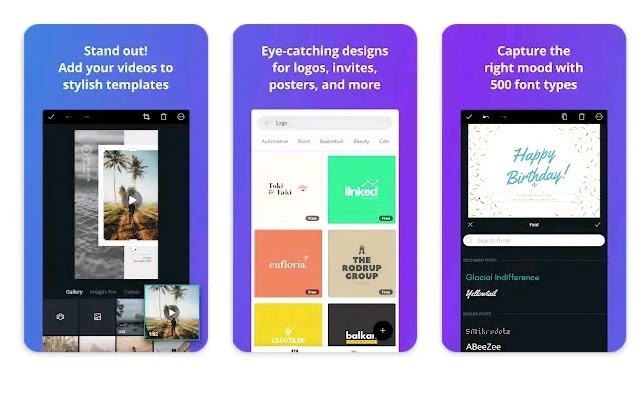
These are usually the first things people see when they land on your app page. So, make it worth their time. While you’re at it, you can add arrows to label features of the app and point out the most important ones.
Take advantage of the video feature that app stores offer. Videos are known to have a much higher conversion rate than pictures. An intro video on your app page will go the extra mile to keep a prospective user interested in your app.
When making videos, make sure they are not too long so as to avoid losing people looking to download your app.
You can also make an explainer video that details how your app works, the features, and what sets it apart from the others, after which you can upload to your social media or website.
Write A Clear App Description
Your app description helps a potential user decide whether to download your app or not. While it may not contribute to making your app discoverable like the app title, it’s role comes in when the potential user lands on your app page.
The app description is your opportunity to “sell” your app. Make the most of it by communicating the purpose of your app as clearly as possible and highlighting its major benefits to the user.
Communicate, in clear terms, the benefits your app has to offer, and how it can help make a user’s life better. Then weave in a concise call-to-action.
If you don’t have the skills to write a compelling app description, go hire a copywriter.
Build An Online Presence
Don’t stop at developing an app. Build a website and/or start a blog. Why is this necessary, you ask? Isn’t social media enough?
Well, the truth is that it’s not enough. You need to take things a bit further by launching and maintaining a website.
It will serve as a sort of business base that users can come to for information on updates, how to maximize the app, and other forms of educational content about your app.
With the existence of CMS tools like WordPress, you don’t have to break the bank or be a web development guru to create and launch a website. You can get a domain and hosting space for as low as $10. So, what are you waiting for?
Having a form on your business website is a good way to collect visitors’ data for email marketing, newsletters, etc.
The best part is that you can also have a blog section where you share content related to your app.
For example, if you have a travel-related app, you could post content about the latest helpful travel hacks.
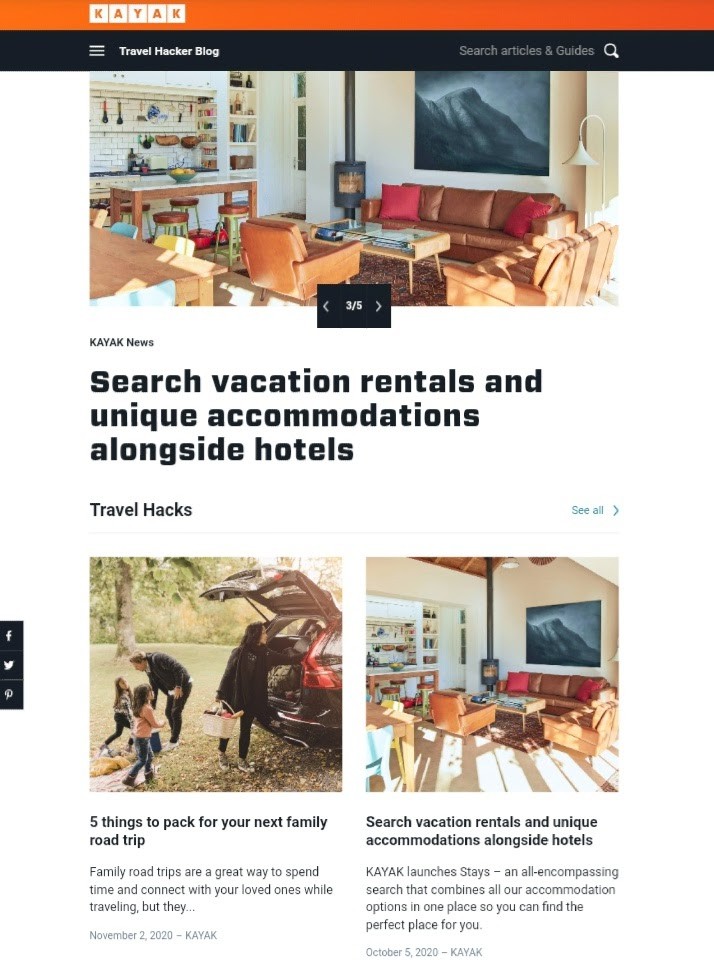
Source: Kayak blog
The more you write and publish posts on your blog, the more visibility your blog will have on Google. And more visibility means more traffic – and more traffic means more app downloads.
Localize in Multiple Languages
If you developed your app with a global audience in mind, why limit it to just one language? Who said your app should only be developed in English?
Developing your app in multiple languages will really help to increase its rate of download. As proof, this study shows that localizing an app’s keywords can boost its download rate 7 times.
Many people in non-English speaking countries prefer to use apps in their native languages. Translating your app to common international languages such as French, Spanish, Russian, and Italian may be all you need to boost downloads for your Android or iOS app.

Final Thoughts
No matter how beautiful and functional your app is, it won’t get downloaded if you don’t put any effort towards promoting it.
Increasing your app downloads doesn’t have to be as difficult for you as it is for many. Plus, you may not even need to spend any money to get your target number of downloads.
By using some of the strategies we shared with you, you’ll be well on your way to 100k app downloads if that’s what you want.
In applying these strategies, make sure your target audience’s interest is your priority. That way, your app won’t lose its relevance in the market.
If you found this post helpful, be kind enough to share.
